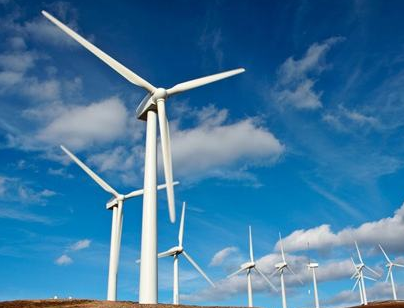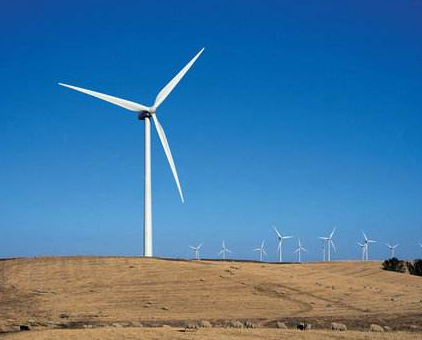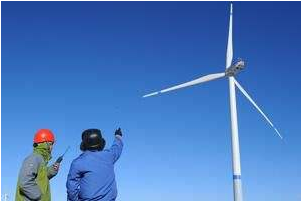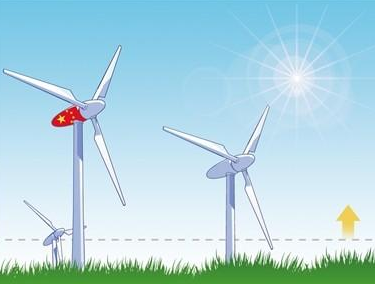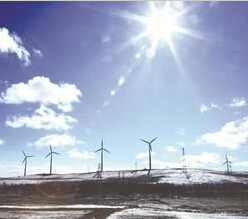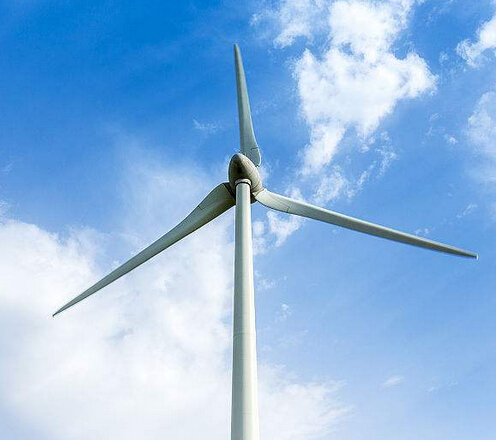2017 Abandoned wind eased somewhat and decentralized wind power became a new growth point
Since 2017, the wind power industry is in a state of change. Due to the banning of the three northern northern provinces and the shift of newly installed wind power to the Middle East, the wind power construction period has been prolonged and new installed wind power has been disrupted. As a result, wind power has been newly added in 2017 Installed to decline again in 2016 on the basis of the slide. However, at the same time of decline, the abandonment of the wind power industry in 2017 has been eased, and distributed wind power and offshore wind power have become new growth points.
Affected by the rush-back in 2015, the new grid-connected wind power capacity dropped to 19.3GW in 2016, representing a decrease of 41.5% over the same period of last year. Since 2017, the wind power industry has been in a downturn. In the first three quarters, the added capacity of grid-connected wind turbines was 9.70GW, a decrease of 3.0% from the same period of last year. Although the data for the whole year have not been released yet, year. This is caused by the adjustment of the internal structure of the industry in our country, not the whole industry is going down. In 2016, under the pressure of coal to capacity, local governments in order to protect coal mines, thermal power Internet access has increased, coupled with the slowdown in electricity consumption in 2016, new energy consumption under pressure, abandoning the wind phenomenon. Since 2017, under the high coal price and policy-intensive offensive, the phenomenon of abandoning the wind has been improved.

2018 new installed capacity or will usher in reversal
At present, China has not approved the construction of wind power projects to reach 115GW, according to the National Energy Board's wind power price adjustment program, the above projects are required to start before 2020, 2018 new installed capacity or usher in reversal at the same time, 2018-2020 wind power installed capacity The total is also expected to continue to grow.
According to the "13th Five-Year Plan" of wind power development, the total volume target is proposed: by the end of 2020, the cumulative installed wind power capacity of wind power generation will ensure 210 million kilowatts or more, of which the offshore wind power grid-connected installed capacity will reach over 5 million kilowatts; 420 billion kilowatt hours, accounting for about 6% of the country's total generating capacity. Consumption utilization goals: By 2020, effectively solve the problem of abandonment, "Three North" region to fully meet the minimum guaranteed acquisition and utilization hours requirements.
The wind power industry will recover in 2018. As of 2016, China's total wind power installed capacity of 150 million kilowatts, which means that in order to achieve the goal of national planning, in 2017-2020, at least 60GW within 4 years, an average annual increase of at least 15GW. According to the state "2017-2020 wind power new construction scale program", wind power annual increase of more than 25GW in size.
As a renewable energy source, wind power and photovoltaic have no carbon emissions compared to traditional fossil fuels, which plays an important role in prompting China's "carbon peak in 2050". China proposed in the 13th Five-Year Plan that the proportion of total coal consumption will reach about 60% by 2020 and will be reduced to about 50% by 2030; no new thermal power will be built after 2030; By 2050, China's energy mix will shift from coal-based power generation to non-fossil energy power generation.
It is estimated that by 2050, a total of 750 billion tons of carbon dioxide will be reduced by various industries. Among them, 40% of the emission reduction targets need the power industry to achieve; in the power industry, 60% of the emission reductions to renewable energy to achieve, and renewable energy, wind power and photovoltaic is the most commercial development prospects, Undertake a 22% reduction task.
















 RCCN WeChat QrCode
RCCN WeChat QrCode Mobile WebSite
Mobile WebSite